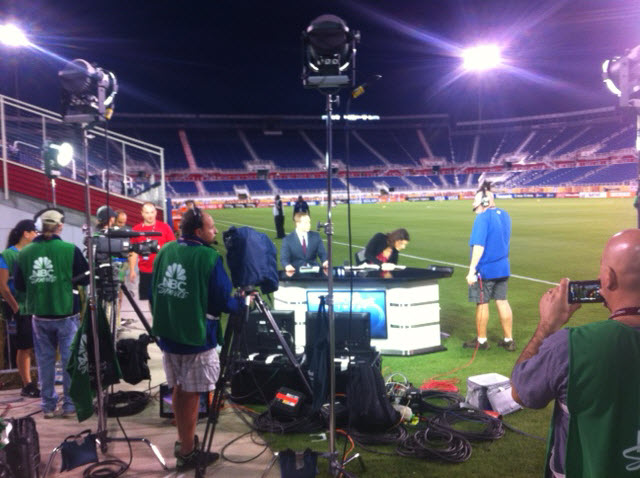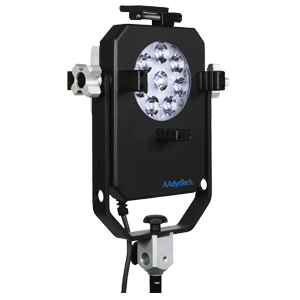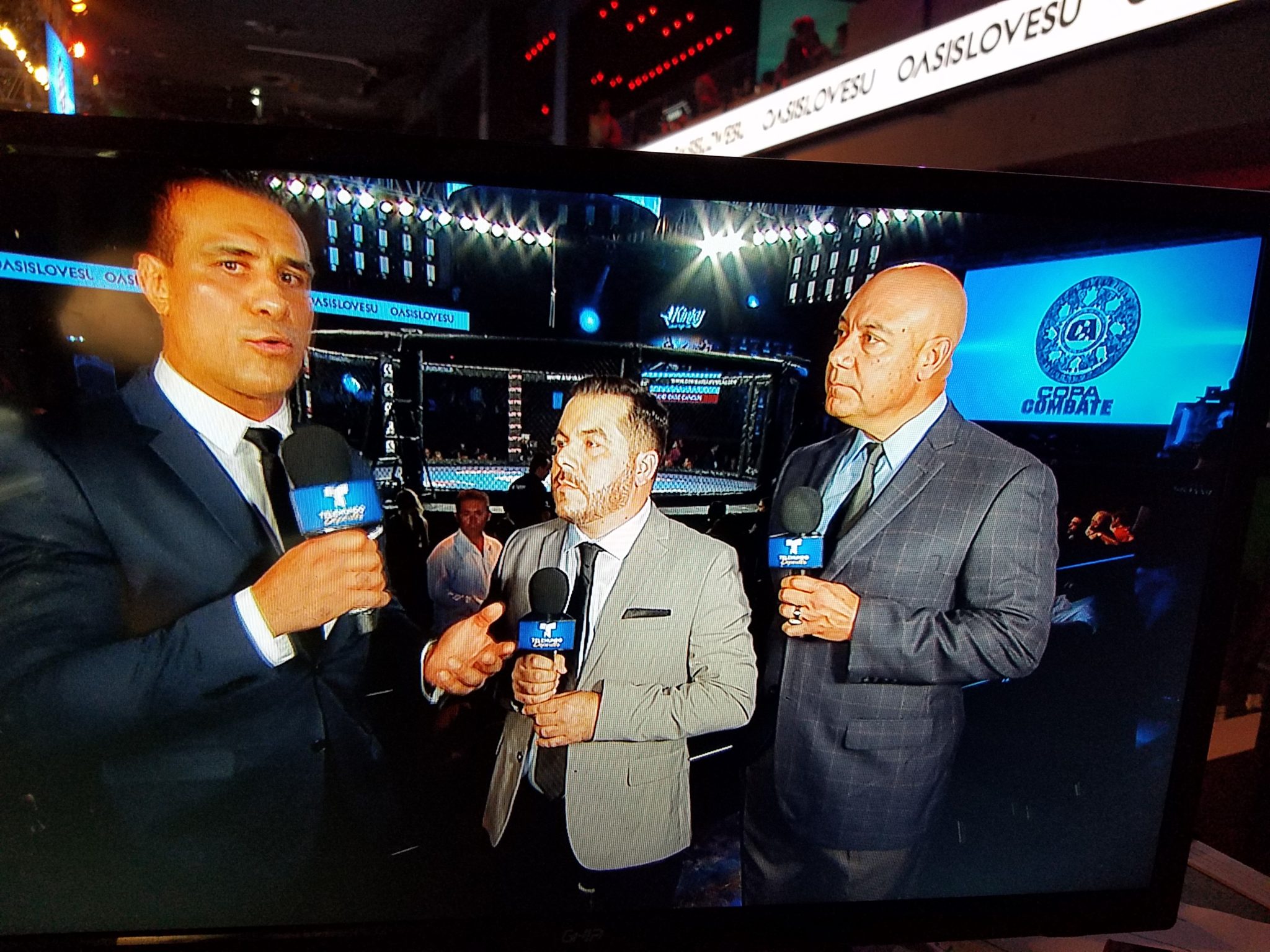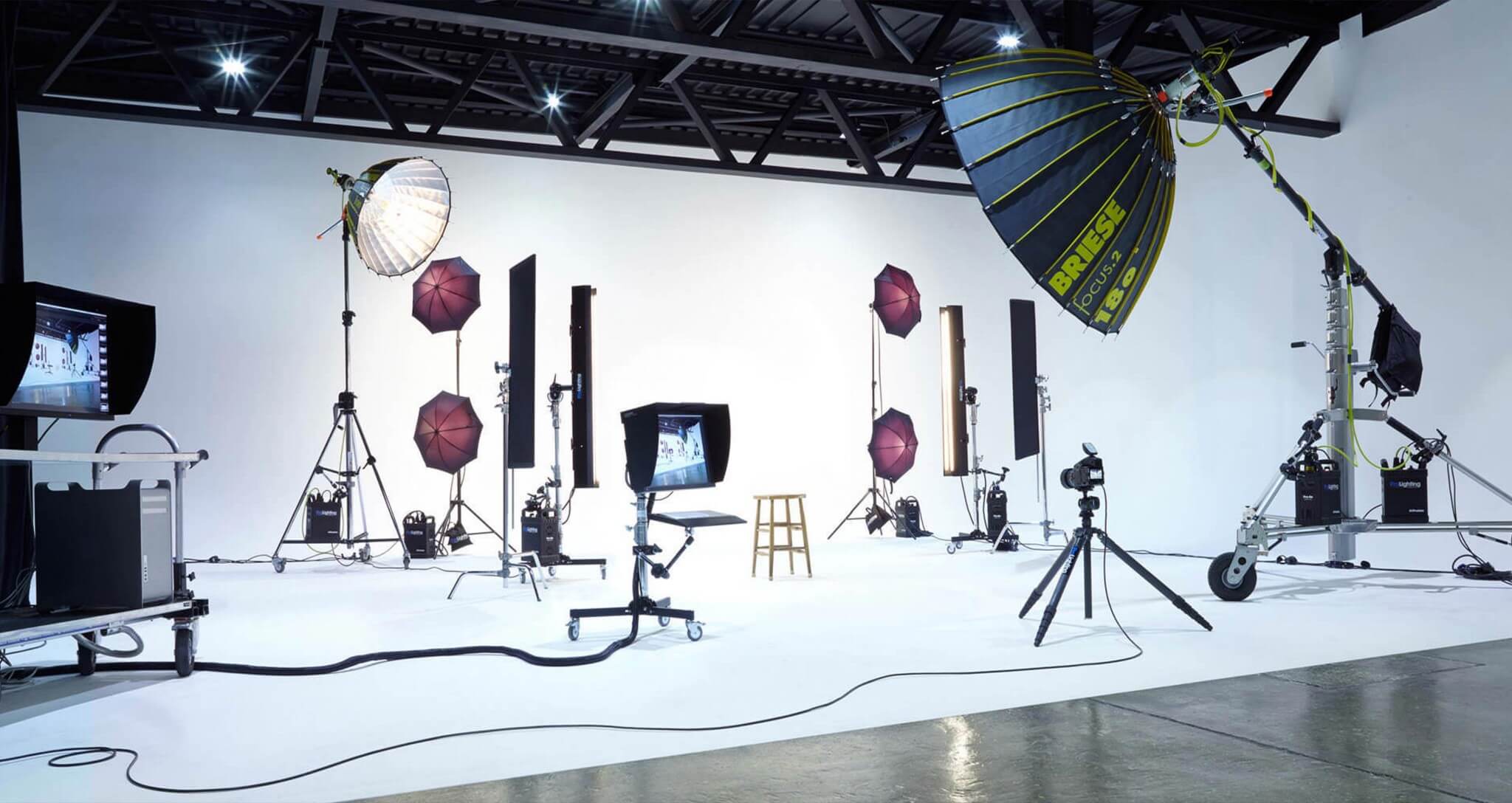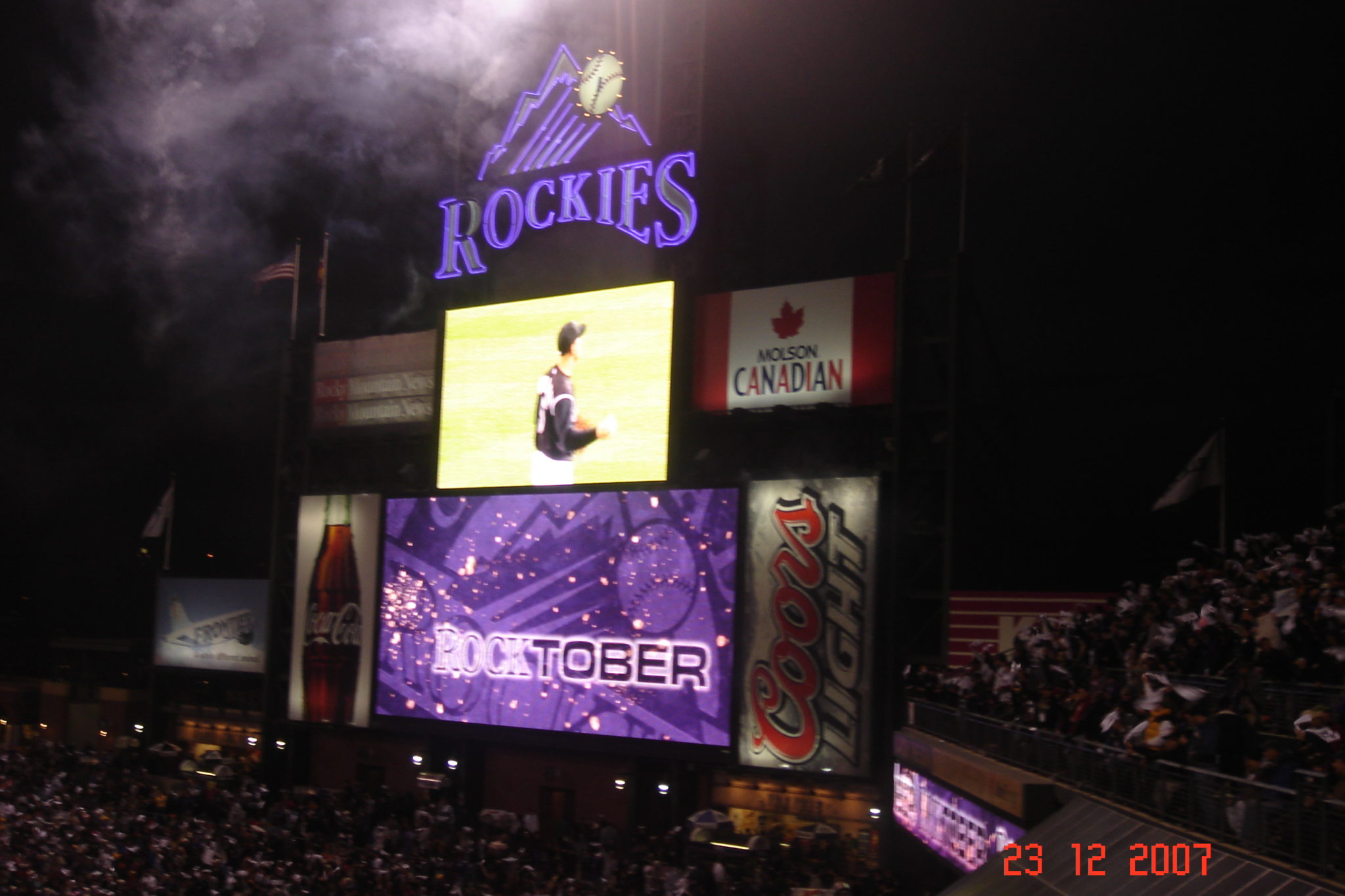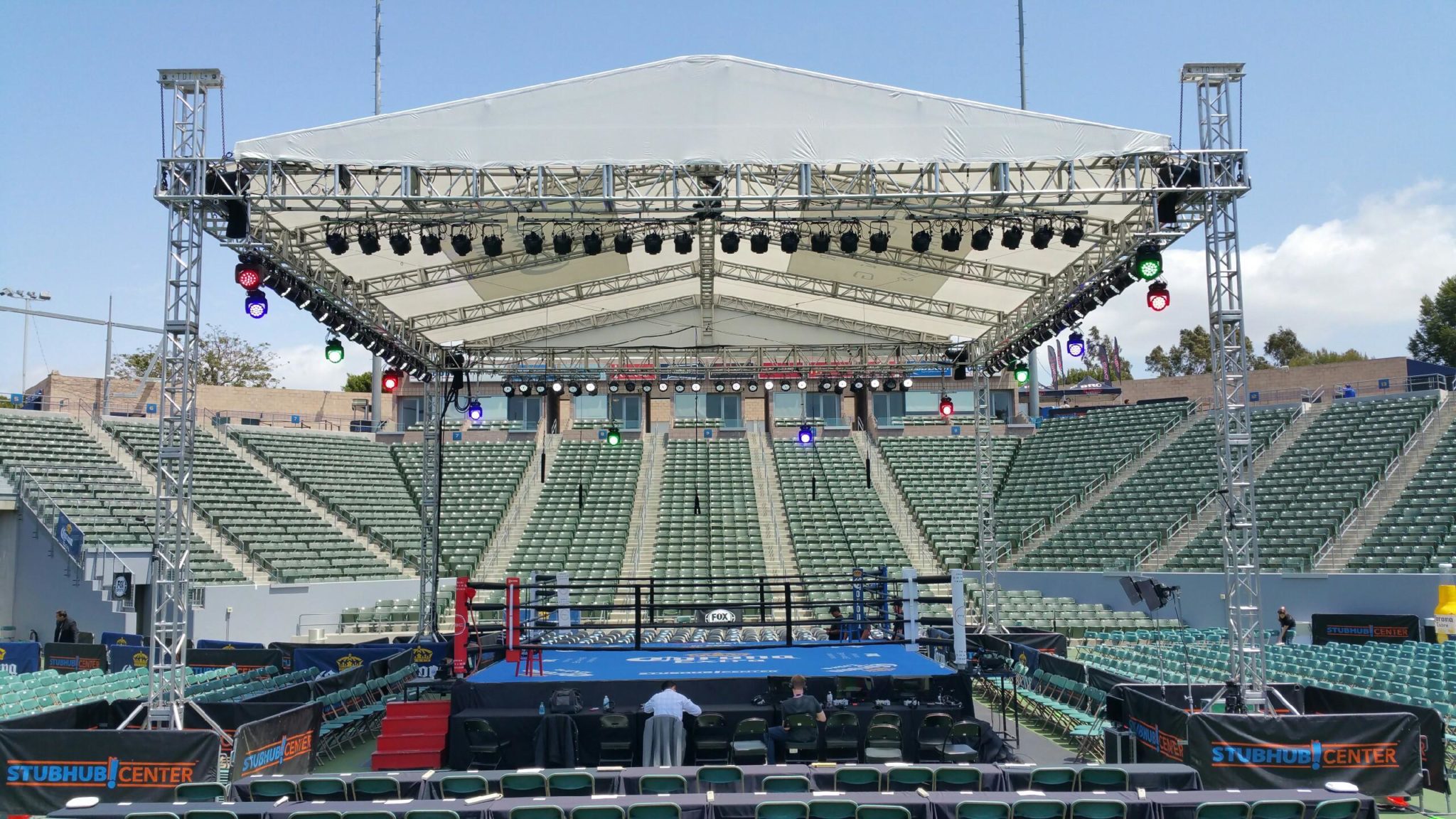Smoke machines, are wonderfully versatile machines that can produce a variety of atmospheric effects, and it’s important to note that they’re not the same as a fog machine. The primary difference is that smoke rises, doesn’t take long to fill a room, and disperses quickly throughout an entire area whereas fog typically stays close to the ground.
A smoke machine will be the tool of choice for the spooky effects of TV and films in the horror genre, for concerts and theatre productions, and when shots require the entire room to be smoky. The smoke can be used for highlighting special lighting effects, especially for laser light shows, on dancefloors and concert venues.
The downside is that the smoke dissipates fairly quickly and can set off fire and smoke alarms. If not closely controlled, it can obscure images but it’s also one of the most cost effective special effects methods to use. Consumer models are available, in addition to fog machines, that are extremely popular as part of Halloween festivities.
A smoke machine is ideal for recreating the smoke-filled atmosphere of a speakeasy and a gently blowing fan will create air currents for a misty feeling reminiscent of “dream sequences.” The machines are appropriate for producing theatrical smoke for TV and the cinema, along with still photos and the theatre stage to create a specific mood or atmosphere.
They have the advantage of containing control panels that allows special effects professionals to accurately control how much smoke is added, when, and from what direction. Smoke reflects and refracts light, making it particularly effective when a special effect is required, but audiences aren’t supposed to detect it.
Smoke machines can simulate smoke coming from a wrecked vehicle, used as a scene transition on the stage, and to facilitate dramatic entrances at concerts and sporting events. It’s equally effective for sci-fi type effects or to create an alien landscape. The uses of a theatrical smoke machine are many and varied, making the devices a favorite of special effects creators.

